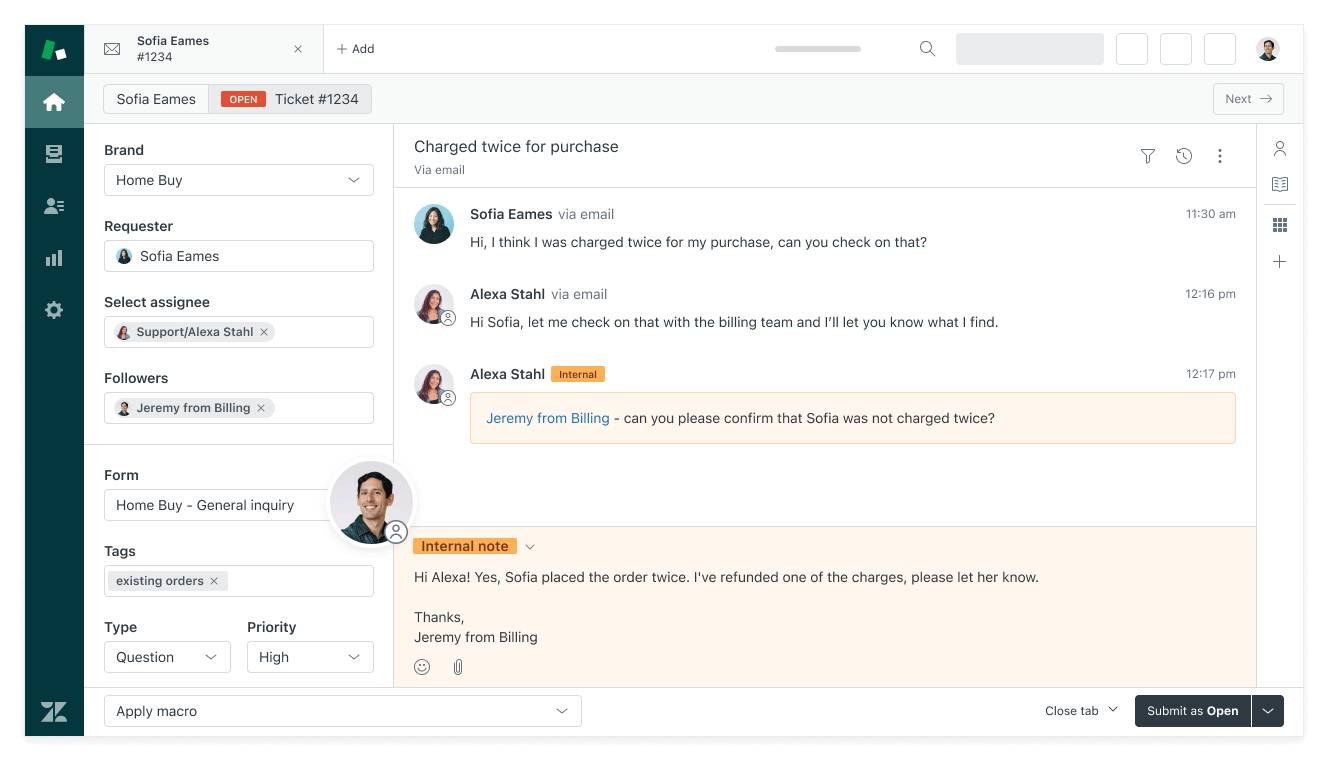
Analysing User Feedback to Improve Your Mobile App
Building a great app is important. But improving it based on real app user feedback is what makes it truly successful.
Users are your best testers, critics, and advocates. By listening carefully, you find the fastest, clearest ways to grow.
This guide shows how to collect feedback smartly, apply the best app improvement strategies, and drive real user experience enhancement over time.
Why User Feedback Matters More Than Guesswork

Data tells you what users do. Feedback tells you why they do it.
Smart feedback analysis helps you:
- Spot hidden problems
- Prioritise the right updates
- Find opportunities for new features
- Build stronger loyalty and trust
Ignoring feedback leads to frustration, bad reviews, and churn. Listening well leads to better apps — and happier users.
Set Up Clear Feedback Channels
You cannot analyse feedback you do not collect.
Best feedback collection methods:
- In-app surveys (short and simple)
- App store reviews and responses
- Email follow-ups after key actions
- Social media comments and messages
- Live chat support conversations
Make giving feedback easy, fast, and rewarding.
Ask the Right Questions
Vague questions get vague answers.
Smart feedback questions include:
- What is your favourite feature and why?
- What is your biggest frustration using the app?
- How likely are you to recommend the app to a friend?
- What is one thing you wish the app could do better?
Short, focused questions get clearer, more useful answers.
Categorise Feedback Systematically
Raw feedback can feel overwhelming. Organise it to find patterns.
Useful feedback categories:
- Bugs and technical issues: Errors, crashes, glitches
- User experience pain points: Confusing flows, slow screens, hidden features
- Feature requests: New ideas, upgrades, or integrations
- Positive feedback: What users love (so you can protect it)
Organising feedback saves time — and shows priorities clearly.
Identify High-Impact Opportunities
Not all feedback is equally urgent.
Prioritise changes that:
- Affect a large number of users
- Block users from achieving key goals
- Cause negative reviews or churn
- Align with your app’s long-term vision
Small, high-visibility improvements often deliver huge user satisfaction boosts.
Use Feedback to Guide App Roadmaps
Your app roadmap should reflect real user needs — not just ideas from inside your team.
Ways to align roadmaps with feedback:
- Bundle related improvements into themed updates
- Announce new features that came from user suggestions
- Give loyal users early access to beta features
Showing users that their voices shape your app strengthens loyalty deeply.
Track Changes After Updates
Improvement does not stop with releasing updates.
After an update:
- Monitor new feedback closely
- Track metrics like retention, session time, and feature usage
- Watch app store ratings for movement
- Ask users for specific feedback on new features
Continuous learning keeps your app improving faster than competitors.
Respond Publicly and Privately to Feedback
Silence feels like disrespect.
Good response strategies:
- Thank users for positive reviews
- Apologise clearly (not defensively) for real issues
- Explain what actions you are taking (or why not)
- Invite users to try the app again after improvements
Public responses show all potential users that you care — not just the person who wrote the review.
Use Tools to Manage and Analyse Feedback
Manual tracking only works for small apps.
Helpful feedback management tools:

- Zendesk or Freshdesk: For ticketing and live chat support
- SurveyMonkey or Typeform: For user surveys
- Appbot or Apptentive: For analysing app store reviews automatically
- Trello or Asana: For tracking feedback-to-feature update workflows
Tools save time and highlight trends faster.
Build a Feedback-First Culture in Your Team
Everyone involved — designers, developers, marketers — should value feedback.
Ways to build this culture:
- Share top feedback insights regularly in team meetings
- Celebrate team wins based on user improvements
- Reward staff who go the extra mile to resolve user pain points
Happy teams create happy users.
Create Feedback Loops for Continuous Improvement
A good app is never truly finished.
Effective feedback loops involve:
- Regular survey cycles (e.g., quarterly user satisfaction surveys)
- In-app prompts after major updates
- Beta programmes for testing new features early
- Public roadmaps showing users what is coming next
Feedback loops turn users into partners — not just customers.
Common Mistakes When Analysing App User Feedback
- Ignoring negative feedback because it feels uncomfortable
- Only listening to loud minorities instead of data trends
- Rushing to implement every suggestion without thinking
- Failing to close the loop by informing users of changes
- Collecting feedback once and then forgetting to repeat
Feedback is a living system — not a one-time project.
Quick Checklist for Analysing and Acting on Feedback
- Clear feedback channels set up inside and outside the app?
- Focused questions driving helpful answers?
- System for categorising and prioritising feedback?
- Roadmaps shaped by real user needs, not assumptions?
- Post-update tracking and re-surveying in place?
- Fast, human responses to reviews and comments?
- Feedback tools integrated into workflows?
- Team culture that values and celebrates feedback?
Ticking these boxes leads to faster, smarter app growth.
Listening Wins Loyalty
Smart app user feedback analysis turns small apps into great ones.
Real app improvement strategies come from listening deeply, acting carefully, and communicating openly. Strong user experience enhancement builds not just better features — but stronger brands.
Focus on the user voice. Move fast based on real needs. Never stop improving.
Apps that grow and last are built on feedback — not guesses.
Call to Action
Launching or improving an app now?
Start building your feedback systems today. Focus on listening, not just talking.
Want a free feedback analysis template or a starter guide to turning user comments into app updates? Just ask — it’s ready to help your readers build apps users love and recommend.


